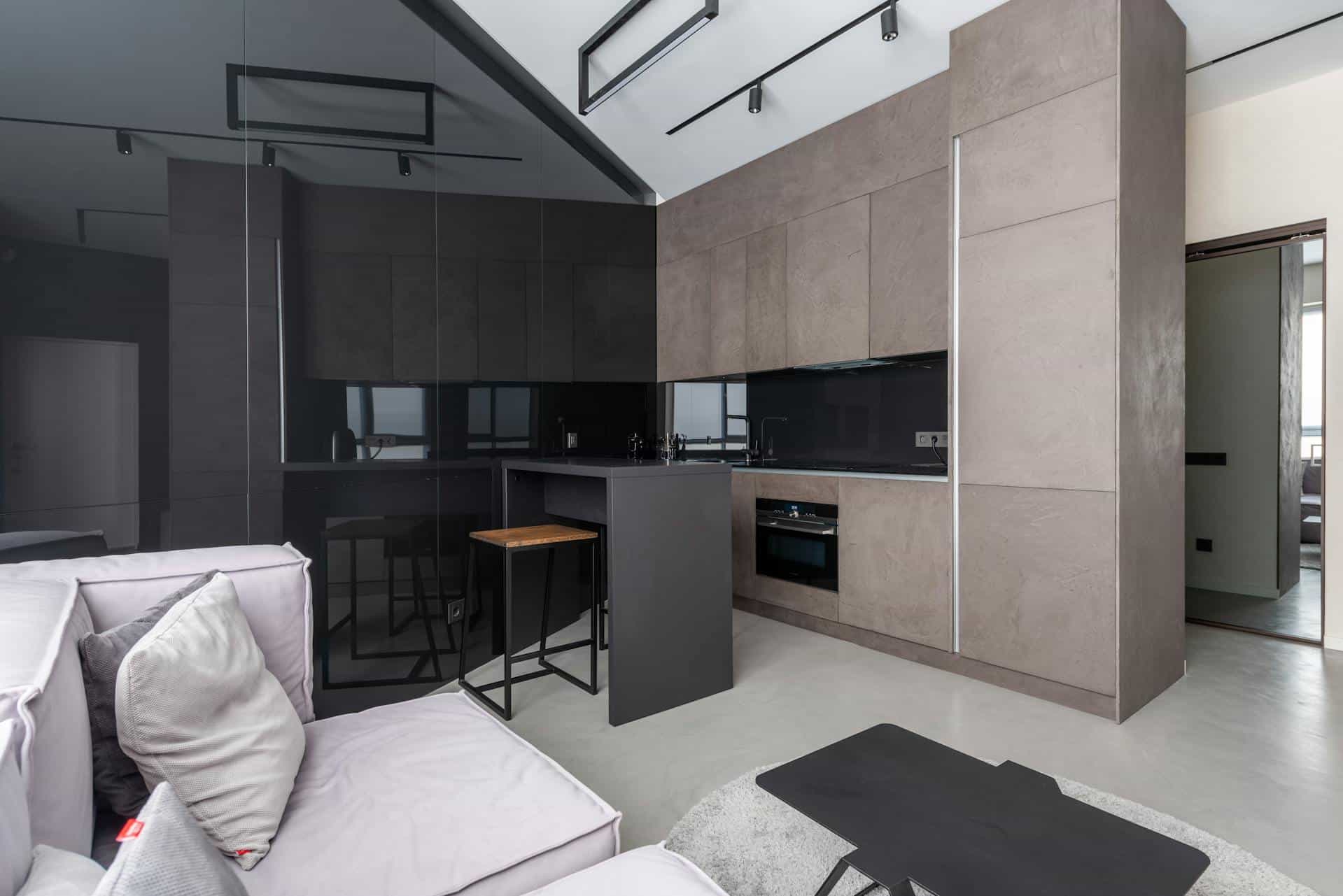
Question: Is It Hard To Replace a Built-In Refrigerator?
Answer: Whether or not it is hard to replace a built-in refrigerator depends on several factors. Disconnecting and removing the old one is usually straightforward. However, finding a new model with the exact dimensions can be challenging, and installation can be complex, sometimes requiring professional help.
Replacing a Built-In Refrigerator: A Practical Guide
Built-in refrigerators offer a sleek, integrated look in modern kitchens. They fit seamlessly into cabinetry, creating a unified aesthetic. However, when the time comes for replacement, homeowners often wonder about the difficulty involved. This article addresses the question: “Is it hard to replace a built-in refrigerator?” We’ll examine the process, potential challenges, and factors affecting the project’s complexity. We’ll cover measuring, installation, and potential costs. This guide provides clear, actionable information for homeowners considering this replacement. We’ll help you understand the key steps and decide if professional help is necessary.
This guide offers a step-by-step explanation of the process, addressing common concerns and offering practical advice. We will explore various aspects of replacing a built-in refrigerator, empowering homeowners to make informed decisions. We aim to simplify the process and make it less intimidating. This information will help you determine if you can handle the replacement yourself or if hiring a professional installer is the better option.
Understanding Built-In Refrigerators
Built-in refrigerators differ from freestanding models. They integrate seamlessly with your kitchen cabinetry. This integration requires precise measurements and specific installation procedures. The refrigerator sits flush with the surrounding cabinets, giving a streamlined appearance. Understanding these key features will help you appreciate the replacement process.
These refrigerators often feature front panels that match your cabinetry, enhancing the integrated design. This panel-ready design requires careful handling during replacement to avoid damage. The installation process often involves securing the refrigerator to the cabinetry for stability.
Click here for more information on cabinet refacing near me Toronto
Related Article: How Much Space Do You Need Around a Built in Refrigerator?
Related Article: What Are the Disadvantages of Built-In Refrigerators?
Removing the Old Refrigerator
Disconnecting the power supply is the first step in removing the old refrigerator. Turn off the water supply if your model has an ice maker or water dispenser. Next, carefully remove any trim pieces or panels covering the refrigerator’s mounting points.
Slide the refrigerator out from its enclosure. You may need to remove doors or shelves for easier manoeuvrability. Be cautious of the flooring and surrounding cabinets during removal.
Installing the New Refrigerator
Carefully position the new refrigerator in the opening. Connect the water supply line if necessary. Ensure the refrigerator is level and flush with the cabinetry. Secure the refrigerator to the cabinet structure as instructed by the manufacturer. This secure fit is crucial for a stable and safe installation.
Reconnect the power supply and test all functions. Check for leaks and proper operation of the ice maker and water dispenser. Reinstall any trim pieces or panels removed during the old refrigerator removal.
Cost Considerations and Professional Installation
The cost of replacing a built-in refrigerator varies. Factors include the brand, size, and features of the new appliance. Professional installation costs add to the overall expense. Obtain quotes from qualified installers for accurate pricing. Professional installation often ensures proper fit and function, minimizing potential problems.
Consider your DIY skills and the complexity of the installation. If you are comfortable with basic plumbing and electrical work, you might handle the replacement yourself. However, professional installation provides expertise and reduces the risk of damage to the appliance or cabinetry.
Troubleshooting Common Issues
Sometimes, issues arise during installation. The refrigerator may not fit correctly, or the doors may not align properly. Check the manufacturer’s troubleshooting guide for common problems and solutions. Consulting online forums or contacting the manufacturer’s customer support can provide additional assistance.
If you experience difficulties with the water line or electrical connections, consult a qualified professional. Improper connections can lead to leaks or electrical hazards. Prioritize safety and seek professional help when needed.
Conclusion
Replacing a built-in refrigerator can be a manageable project. Careful planning, accurate measurements, and a clear understanding of the process are essential. Assessing your DIY skills and the project’s complexity will help determine if professional installation is necessary. While the task may seem initially intimidating, following these steps will simplify the process and ensure a successful replacement.
Remember to consult the manufacturer’s instructions for your specific appliance. By following these guidelines, you can approach the replacement with confidence, whether you choose to do it yourself or hire a professional. This knowledge empowers you to make the best decision for your situation and enjoy your new built-in refrigerator.

Blue Malue Get in touch with Blue here.
